The Shenandoah Valley - Virginia's Bucolic West
Thursday, October 16, 2014
 Staunton, Virginia, United States
Staunton, Virginia, United States
Virginia is probably my favorite state in the Southeast . The state has an interesting and varied landscape ranging from the tidewater fishing towns along the Chesapeake Bay to the Blue Ridge and Allegheny mountain ranges with plenty of Colonial Era through Civil War history in between. There's something about Virginia seems different from the rest of the South. I’m not sure just what it is but have always had an impression of a place more genteel, of the plantation houses and correct manners and high class Southern accents. The reality is probably that there are as many rednecks, hicks, and hillbillies in Virginia as elsewhere in the South. But I hang on to my ideal….
The Shenandoah Valley is Virginia’s part of The Great Valley that runs between the Blue Ridge to the east and the first ridge of the Alleghenies to the west from about New Jersey to Tennessee. In Virginia the valley is drained by two forks of the river of the same name that joins the Potomac at Harpers Ferry. The Shenandoah Valley is hilly and scenic with low mountains in view almost everywhere with the Massanutten Range running down its middle for a stretch and no very large cities.
Shenandoah is one of the places in America I love in America, full of country roads and hill and farm scenery, small towns with historic houses and little churches where you can travel back roads and get away from the modern prefab convenience stores and fast food restaurants that look exactly same wherever you go . They’re all there, of course, but you can get away from them in landscapes that aren’t totally dominated by them.
I am quite familiar with the Shenandoah Valley since I lived in northern Virginia near Washington DC after college and often visited my brother who was in college then at Virginia Military Institute in Lexington. Back in those days I was quite impressed with the mountains, but since having hiked extensively in the Rocky Mountains and traveled around the world, including the Andes and Himalaya Ranges in the last two years, the Appalachians just seem like hills. They’re still pretty, but breathtaking has long not been a word I can use to describe them. I can still say "aaah", though.
There were a few minor sights in the valley I wanted to stop to see while the weather was still leaving some to be desired before driving the Skyline Drive on the forecast sunny day. Winchester and Staunton are two historic old towns I had never stopped in before, and Cedar Creek Battlefield NHS is one of those National Park units worth a quick check .
I have to say that there’s a huge difference in sites that are managed by the National Park Service or other units of the Federal Government and those run privately, as are those in valley. On the one hand my $80 National Parks pass gets me into all units of federal lands. Regardless, though, individual park unit fees are not too steep; as much as I visit national parks I sometimes don’t recoup the value of my pass purchase. On the other hand, though, every little privately run site charges a substantial amount for usually inferior displays - $12 for the tour at Belle Grove Plantation House (on NPS land at Cedar Creek Battlefield but privately run), $24 at Luray Caverns (which I decided to skip), and $14 at the Woodrow Wilson Birthplace and Presidential Museum/Library. Presidential Museums/Libraries have been federally managed since Herbert Hoover onwards and what I’ve seen are impressive facilities that give a good overview of each president’s life and presidency . I believe for more recent presidents the funding is private donations, but…whatever… Several earlier presidents have museums/libraries dedicated to them run either by states or private foundations, which is the case at Woodrow Wilson’s birth home/museum/library. So I learned a little about Wilson and went on a guided tour of the house he was born in, but the museum was really pretty paltry and quite lacking in objects of his presidency.
These experiences all make me believe the federal government should just run everything – take over some of those pathetically run private sites of historical importance and make them into National Park Service units. I’ve had it with the notion of privately run places of national interest and value!
Other Entries
-
32Pennsylvania's Brandywine Valley
Sep 1531 days prior Chadds Ford, United Statesphoto_camera75videocam 0comment 0
Chadds Ford, United Statesphoto_camera75videocam 0comment 0 -
33Lancaster - Heart of Pennsylvania Dutch Country
Sep 1630 days prior Lancaster, United Statesphoto_camera74videocam 0comment 2
Lancaster, United Statesphoto_camera74videocam 0comment 2 -
34The Amish Country - Land of Plenty
Sep 1729 days prior Intercourse, United Statesphoto_camera64videocam 0comment 0
Intercourse, United Statesphoto_camera64videocam 0comment 0 -
35Gettysburg - The Civil War's Most Important Battle
Sep 1828 days prior Gettysburg, United Statesphoto_camera77videocam 0comment 0
Gettysburg, United Statesphoto_camera77videocam 0comment 0 -
36Harrisburg - Keystone State Capital
Sep 1927 days prior Harrisburg, United Statesphoto_camera41videocam 0comment 0
Harrisburg, United Statesphoto_camera41videocam 0comment 0 -
37Hopewell Furnace National Historic Site
Sep 2026 days prior Morgantown, United Statesphoto_camera30videocam 0comment 2
Morgantown, United Statesphoto_camera30videocam 0comment 2 -
38Hampton - America's Largest Georgian Estate
Oct 097 days prior Towson, United Statesphoto_camera31videocam 0comment 0
Towson, United Statesphoto_camera31videocam 0comment 0 -
39Catholic World in America
Oct 097 days prior Washington DC, United Statesphoto_camera64videocam 0comment 0
Washington DC, United Statesphoto_camera64videocam 0comment 0 -
40National Gallery of Art - The Old Masters
Oct 106 days prior Washington DC, United Statesphoto_camera118videocam 0comment 0
Washington DC, United Statesphoto_camera118videocam 0comment 0 -
41National Gallery of Art - The Later Masters
Oct 106 days prior Washington DC, United Statesphoto_camera135videocam 0comment 0
Washington DC, United Statesphoto_camera135videocam 0comment 0 -
42Smithsonian Museum of American Art
Oct 106 days prior Washington DC, United Statesphoto_camera40videocam 0comment 1
Washington DC, United Statesphoto_camera40videocam 0comment 1 -
43A Rainy Day at the Smithsonian Museums
Oct 115 days prior Washington DC, United Statesphoto_camera62videocam 0comment 0
Washington DC, United Statesphoto_camera62videocam 0comment 0 -
44Arlington National Cemetery - Where Heroes Rest
Oct 124 days prior Arlington, United Statesphoto_camera81videocam 0comment 0
Arlington, United Statesphoto_camera81videocam 0comment 0 -
45Frederick - Maryland's Piedmont
Oct 133 days prior Frederick, United Statesphoto_camera53videocam 0comment 0
Frederick, United Statesphoto_camera53videocam 0comment 0 -
46Antietam - The Bloodiest Day in American History
Oct 133 days prior Sharpsburg, United Statesphoto_camera36videocam 0comment 0
Sharpsburg, United Statesphoto_camera36videocam 0comment 0 -
47Harpers Ferry - John Brown's Raid
Oct 142 days prior Harpers Ferry, United Statesphoto_camera49videocam 0comment 0
Harpers Ferry, United Statesphoto_camera49videocam 0comment 0 -
48Smithsonian National Air & Space Museum - Dulles
Oct 151 day prior Chantilly, United Statesphoto_camera72videocam 0comment 0
Chantilly, United Statesphoto_camera72videocam 0comment 0 -
49The Shenandoah Valley - Virginia's Bucolic West
Oct 16 Staunton, United Statesphoto_camera47videocam 0comment 0
Staunton, United Statesphoto_camera47videocam 0comment 0 -
50Shenandoah National Park - The Skyline Drive
Oct 171 day later Shenandoah National Park, United Statesphoto_camera49videocam 0comment 0
Shenandoah National Park, United Statesphoto_camera49videocam 0comment 0 -
51Manassas - First Battle of the Civil War
Oct 171 day later Manassas, United Statesphoto_camera10videocam 0comment 0
Manassas, United Statesphoto_camera10videocam 0comment 0 -
52Georgetown - Washington's Posh Northwest
Oct 182 days later Washington DC, United Statesphoto_camera52videocam 0comment 0
Washington DC, United Statesphoto_camera52videocam 0comment 0 -
53Washington National Cathedral
Oct 182 days later Washington DC, United Statesphoto_camera56videocam 0comment 0
Washington DC, United Statesphoto_camera56videocam 0comment 0 -
54Phillips Collection - The First Modern Art Museum
Oct 182 days later Washington DC, United Statesphoto_camera35videocam 0comment 0
Washington DC, United Statesphoto_camera35videocam 0comment 0 -
55Washington - The Monumental City
Oct 193 days later Washington DC, United Statesphoto_camera72videocam 0comment 0
Washington DC, United Statesphoto_camera72videocam 0comment 0 -
56Northern Neck - Birthplace of Presidents
Oct 204 days later Warsaw, United Statesphoto_camera33videocam 0comment 0
Warsaw, United Statesphoto_camera33videocam 0comment 0 -
57Fredericksburg - At the Center of the Battles
Oct 215 days later Fredericksburg, United Statesphoto_camera48videocam 0comment 0
Fredericksburg, United Statesphoto_camera48videocam 0comment 0 -
58Virginia Museum of Fine Arts
Oct 226 days later Richmond, United Statesphoto_camera132videocam 0comment 0
Richmond, United Statesphoto_camera132videocam 0comment 0 -
59Richmond - Capital of the Confederacy
Oct 237 days later Richmond, United Statesphoto_camera109videocam 0comment 0
Richmond, United Statesphoto_camera109videocam 0comment 0 -
60Charlottesville - THomas Jefferson Country
Oct 248 days later Charlottesville, United Statesphoto_camera79videocam 0comment 0
Charlottesville, United Statesphoto_camera79videocam 0comment 0 -
61Montpellier & The Central Virginia Wine Country
Oct 259 days later Orange, United Statesphoto_camera35videocam 0comment 0
Orange, United Statesphoto_camera35videocam 0comment 0 -
62Appomattox - Where Brothers Stopped Fighting
Oct 259 days later Appomattox, United Statesphoto_camera19videocam 0comment 0
Appomattox, United Statesphoto_camera19videocam 0comment 0 -
63Virginia's Southern Piedmont Sights
Oct 2610 days later Lynchburg, United Statesphoto_camera31videocam 0comment 0
Lynchburg, United Statesphoto_camera31videocam 0comment 0 -
64The Blue Ridge Parkway
Oct 2711 days later Linville Falls, United Statesphoto_camera48videocam 0comment 0
Linville Falls, United Statesphoto_camera48videocam 0comment 0 -
65Asheville - Hip Metropolis of Southern Highlands
Oct 2812 days later Asheville, United Statesphoto_camera41videocam 0comment 0
Asheville, United Statesphoto_camera41videocam 0comment 0 -
66The Up-Country South
Oct 2913 days later Greenville, United Statesphoto_camera18videocam 0comment 0
Greenville, United Statesphoto_camera18videocam 0comment 0 -
67Atlanta - Capital of the South
Oct 3115 days later Atlanta, United Statesphoto_camera81videocam 0comment 0
Atlanta, United Statesphoto_camera81videocam 0comment 0

 Staunton, Virginia, United States
Staunton, Virginia, United States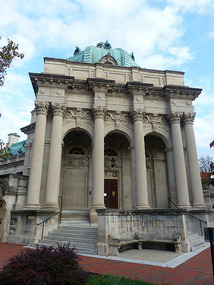

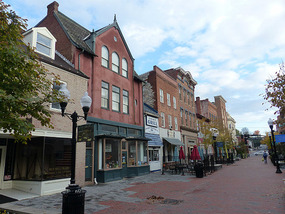
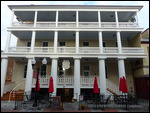

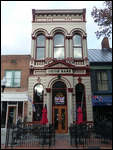
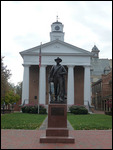
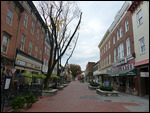

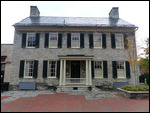
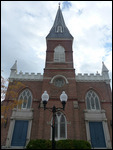
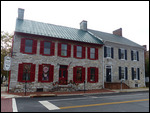
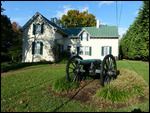
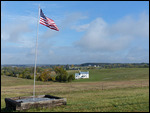
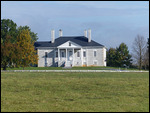
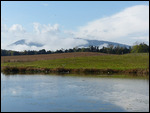
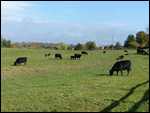
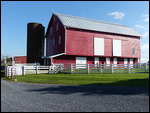
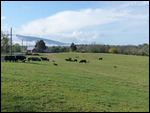
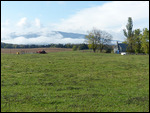
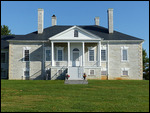
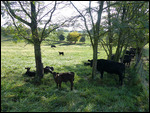
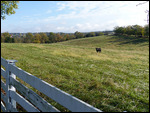
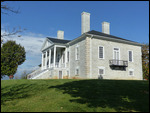
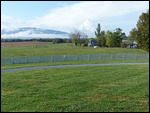
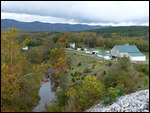
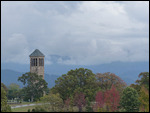
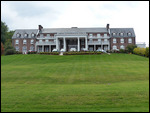
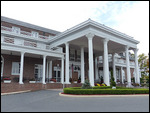
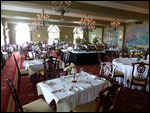
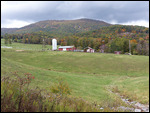
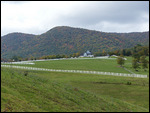
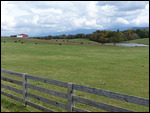
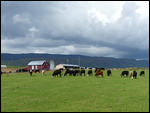


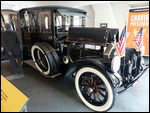
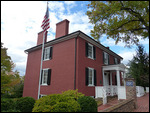
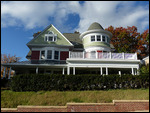
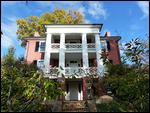
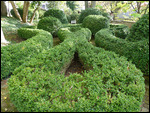
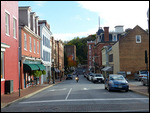
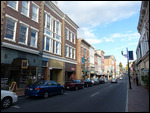

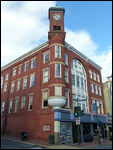
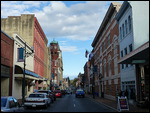
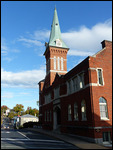
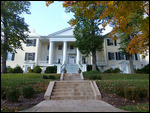
2025-05-23